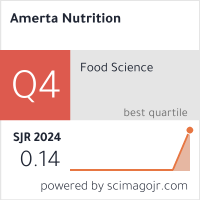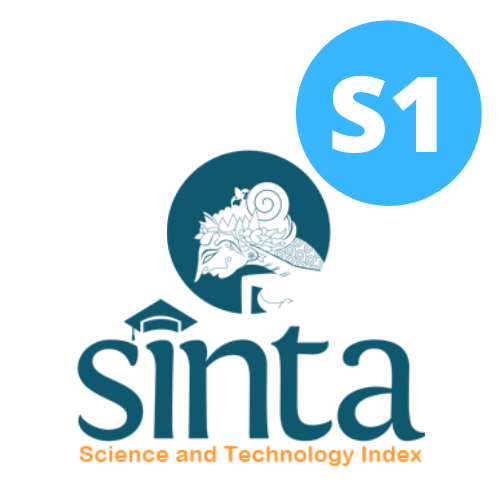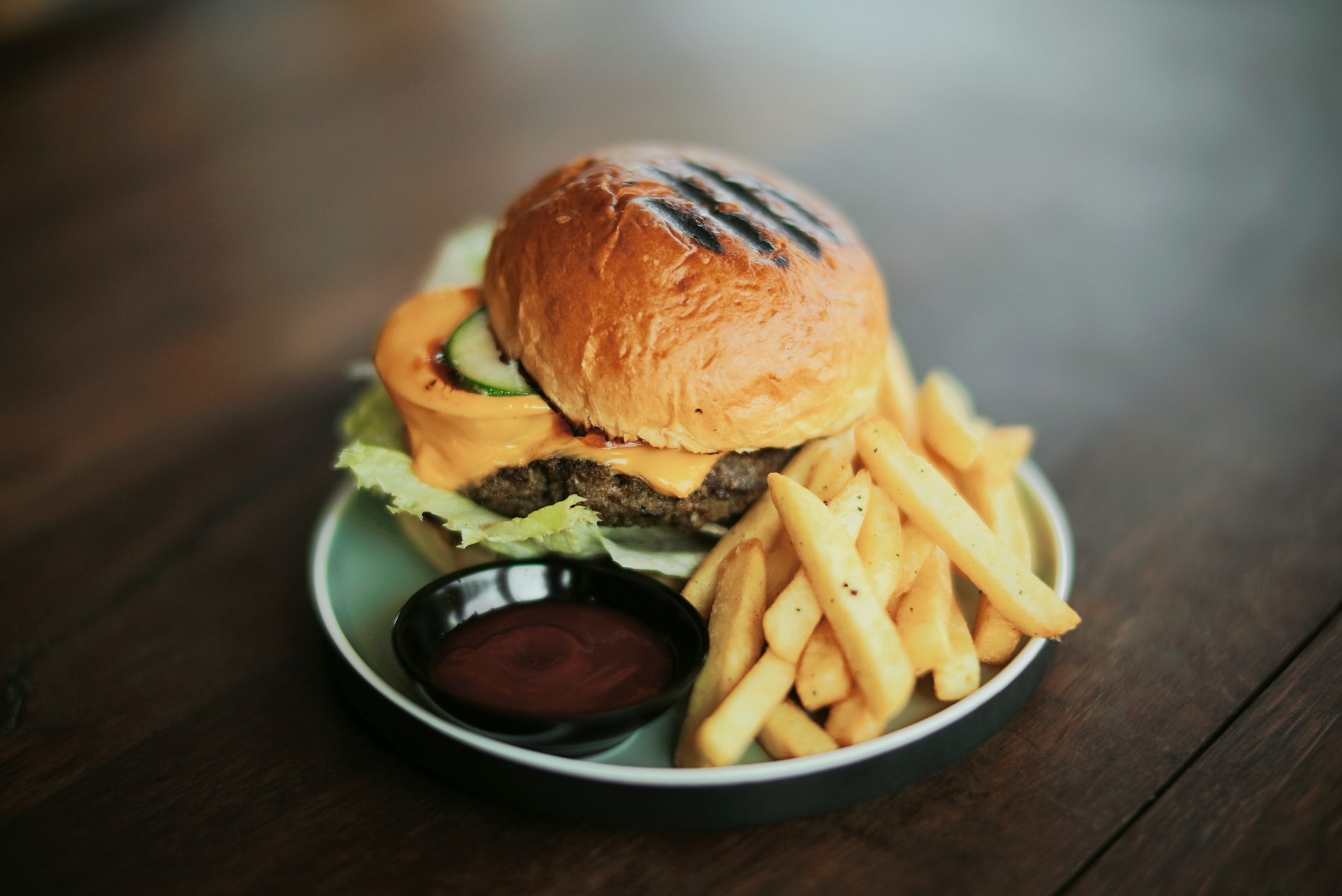Solanum betaceum (Tamarillo): A Potential Antioxidant Rich Indigenous Fruit of India
Solanum betaceum (Terong Belanda): Buah Asli India yang Kaya Antioksidan

Background:Solanum betaceum, commonly known as tamarillo, a nutritious fruit rich in vitamin C, dietary fibre, and an essential antioxidant that protects cells from free radical damage, contributing to overall health.
Objectives: The study aimed to achieve the confirmation of antioxidant activity of fruit followed by functional group and components identification.
Methods: Fiber content was determined enzymatically. Phytochemicals were screened using polar solvent extracts, with Gas Chromatography-Mass Spectrometry identifying metabolites and Fourier Transform Infrared Spectroscopy characterizing secondary metabolites. Antioxidant capacity was measured by DPPH (2,2-diphenyl-1-picrylhydrazyl) assay.
Results: Fresh tamarillo fruit exhibited a high content of dietary fiber (47.3 g/100 g), Vitamin C (27 mg/100 g), and β-carotene (832 mcg/100 g) the major nutrients accounts for the antioxidant. Phytochemical screening revealed the highest abundance of phenolic compounds, flavonoids, terpenoids, and quinones in the methanol extracts. Identification of functional groups used to confirm the presence of bioactive components: OHalcoholic/phenolic (3300-2900 cm-1), C=Caromatic(1600-1450cm-1), C-Haromatic(680-470 cm-1). with Gas Chromatography-Mass Spectrometry analysis identified various metabolic components, including beta-Bisabolene, Hexadecanoic acid methyl ester, Palmitic acid, Pentadecanecarboxylic acid, Heneicosane, Eicosane, Dotriacontane, Myrtenyl formate, and Isobutyric acid. The DPPH free radical scavenging assay demonstrated tamarillo fruit’s potent antioxidant activity, with an IC50 value of (22.1 µg/mg mL⁻¹) significantly lower than the control (p-value<0.001).
Conclusions: These findings revealed a broad spectrum of beneficial properties in tamarillo. Presence of vitamin C and dietary fibre confirms the antioxidant activity and it makes tamarillo a promising fruit for the prevention of cancer and other degenerative diseases.
Suganya, A, & K. C. A. Nutrient retention and antioxidant activity of preserved foods of tamarillo (Cyphomandra betacea. International Journal of Food and Nutritional SciencesNutrient retention and antioxidant activity of preserved foods of tamarillo (Cyphomandra betacea 11, 111–116 (2022).
Nor, N. Z. N. M., K. F., F. S. F. Z. M., & B. M. A. L. A. Comparison of physicochemical, antioxidant properties and sensory acceptance of puree from tamarillo and tomato. Journal of Science and Technology 3, (2018).
Abdul Mutalib, M., Rahmat, A., Ali, F., Othman, F. & Ramasamy, R. Nutritional Compositions and Antiproliferative Activities of Different Solvent Fractions from Ethanol Extract of Cyphomandra betacea (Tamarillo) Fruit. Malaysian Journal of Medical Sciences 24, 19–32 (2017).
Reyes-García, V. et al. Exploration of the Potential Bioactive Molecules of Tamarillo (Cyphomandra betacea): Antioxidant Properties and Prebiotic Index. Applied Sciences 11, 11322 (2021).
Shaikh, J. R. & Patil, M. Qualitative tests for preliminary phytochemical screening: An overview. Int J Chem Stud 8, 603–608 (2020).
Rito, M. et al. Antioxidant Potential of Tamarillo Fruits—Chemical and Infrared Spectroscopy Analysis. Antioxidants 12, 536 (2023).
Lim, D. K. et al. Optimized Mass Spectrometry-Based Metabolite Extraction and Analysis for the Geographical Discrimination of White Rice (Oryza sativa L.): A Method Comparison Study. J AOAC Int 101, 498–506 (2018).
Nallakurumban, P., S. N., V. A., G. P. S., & K. L. Estimation of phytochemicals and antioxidant property of tamarillo (solanum betaceum) and a value-added product tamarillo sauce. Int J Sci Prog Res 2, 61–65 (2015).
Azizi, M. N. et al. Chemical Compositions of Brown and Green Seaweed, and Effects on Nutrient Digestibility in Broiler Chickens. Animals 11, 2147 (2021).
Amini, M. H. et al. Phytochemical Screening and Antioxidant Activity of Heracleum afghanicum Kitamura leaves. Res J Pharm Technol 10, 3498 (2017).
Mohamad Salin, N. S., Md Saad, W. M., Abdul Razak, H. R. & Salim, F. Effect of Storage Temperatures on Physico-Chemicals, Phytochemicals and Antioxidant Properties of Watermelon Juice (Citrullus lanatus). Metabolites 12, 75 (2022).
Viera, W. et al. Phytochemical Characterization of a Tree Tomato (Solanum betaceum Cav.) Breeding Population Grown in the Inter-Andean Valley of Ecuador. Plants 11, 268 (2022).
Martin, D. et al. Nutraceutical properties of tamarillo fruits: A vibrational study. Spectrochim Acta A Mol Biomol Spectrosc 252, 119501 (2021).
Kaijanen, L., Paakkunainen, M., Pietarinen, S., Jernström, E. & Reinikainen, S.-P. Ultraviolet Detection of Monosaccharides: Multiple Wavelength Strategy to Evaluate Results after Capillary Zone Electrophoretic Separation. Int J Electrochem Sci 10, 2950–2961 (2015).
Osorio, C. et al. Chemical characterisation of anthocyanins in tamarillo (Solanum betaceum Cav.) and Andes berry (Rubus glaucus Benth.) fruits. Food Chem 132, 1915–1921 (2012).
Singh, A. K. et al. Phytochemicals, Antioxidant, Anti-inflammatory Studies, and Identification of Bioactive Compounds Using GC–MS of Ethanolic Novel Polyherbal Extract. Appl Biochem Biotechnol 195, 4447–4468 (2023).
Abdul Mutalib, M., Rahmat, A., Ali, F., Othman, F. & Ramasamy, R. Nutritional Compositions and Antiproliferative Activities of Different Solvent Fractions from Ethanol Extract of Cyphomandra betacea (Tamarillo) Fruit. Malaysian Journal of Medical Sciences 24, 19–32 (2017).
Diep, T. T., Rush, E. C. & Yoo, M. J. Y. Tamarillo (Solanum betaceum Cav.): A Review of Physicochemical and Bioactive Properties and Potential Applications. Food Reviews International 38, 1343–1367 (2022).
Diep, T., Pook, C. & Yoo, M. Phenolic and Anthocyanin Compounds and Antioxidant Activity of Tamarillo (Solanum betaceum Cav.). Antioxidants 9, 169 (2020).
Diep, T. T., Pook, C., Rush, E. C. & Yoo, M. J. Y. Quantification of Carotenoids, α-Tocopherol, and Ascorbic Acid in Amber, Mulligan, and Laird’s Large Cultivars of New Zealand Tamarillos (Solanum betaceum Cav.). Foods 9, 769 (2020).
Simbolon, J. L. & Sitompul, E. S. Tamarillo Juice (Solanum betaceum Cav) as An Alternative to Increase Hemoglobin Levels for Pregnant Women with Anemia. Babali Nursing Research 2, 106–119 (2021).
Vasco, C., Avila, J., Ruales, J., Svanberg, U. & Kamal-Eldin, A. Physical and chemical characteristics of golden-yellow and purple-red varieties of tamarillo fruit (Solanum betaceum Cav.). Int J Food Sci Nutr 60, 278–288 (2009).
Jadid, N. et al. Antioxidant activities of different solvent extracts of Piper retrofractum Vahl. using DPPH assay. in 020019 (2017). doi:10.1063/1.4985410.
Chen, X., Fedrizzi, B., Kilmartin, P. A. & Quek, S. Y. Development of volatile organic compounds and their glycosylated precursors in tamarillo (Solanum betaceum Cav.) during fruit ripening: A prediction of biochemical pathway. Food Chem 339, 128046 (2021).
Liu, Q. et al. Bioactive Components and Anticancer Activities of Spray-Dried New Zealand Tamarillo Powder. Molecules 27, 2687 (2022).
Copyright (c) 2025 Amerta Nutrition

This work is licensed under a Creative Commons Attribution-ShareAlike 4.0 International License.
AMERTA NUTR by Unair is licensed under a Creative Commons Attribution-ShareAlike 4.0 International License.
1. The journal allows the author to hold the copyright of the article without restrictions.
2. The journal allows the author(s) to retain publishing rights without restrictions
3. The legal formal aspect of journal publication accessibility refers to Creative Commons Attribution Share-Alike (CC BY-SA).
4. The Creative Commons Attribution Share-Alike (CC BY-SA) license allows re-distribution and re-use of a licensed work on the conditions that the creator is appropriately credited and that any derivative work is made available under "the same, similar or a compatible license”. Other than the conditions mentioned above, the editorial board is not responsible for copyright violation.












































